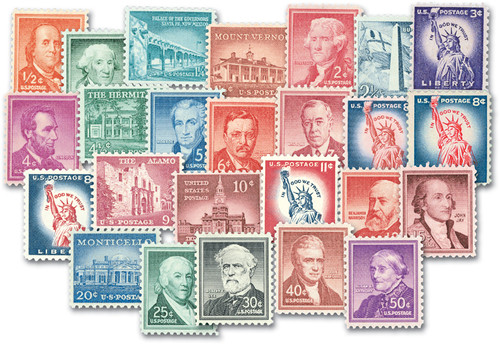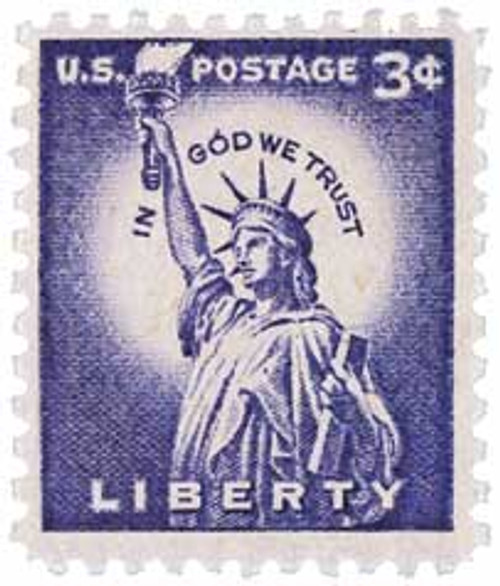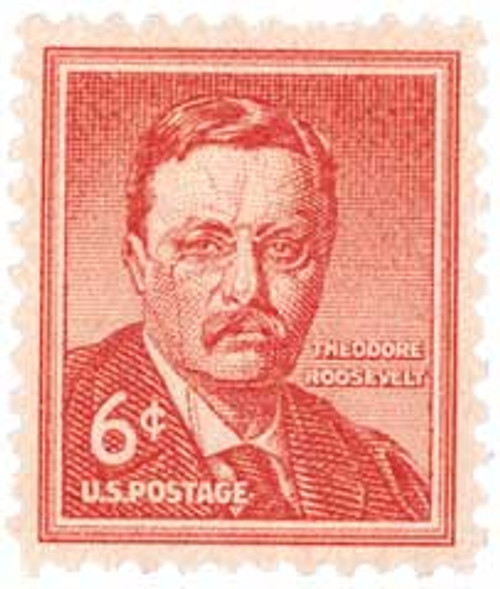
1954 Liberty Series,4¢ Abraham Lincoln
# 1036 - 1954 Liberty Series - 4¢ Abraham Lincoln
MSRP:
Was:
Now:
$0.35 - $35.00
(You save
)
Write a Review

Write a Review

1036 - 1954 Liberty Series - 4¢ Abraham Lincoln
| Image | Condition | Price | Qty | |
|---|---|---|---|---|

|
Classic First Day Cover
ⓘ
Ships in 1-3 business days.
Ships in 1-3 business days.
$ 1.75
|
$ 1.75 |
|
0
|

|
First Day Cover Plate Block
ⓘ
Ships in 1-3 business days.
Ships in 1-3 business days.
$ 2.50
|
$ 2.50 |
|
1
|

|
Mint Plate Block
ⓘ
Ships in 1-3 business days.
Ships in 1-3 business days.
$ 2.00
|
$ 2.00 |
|
2
|
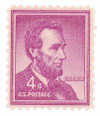
|
Mint Stamp(s)
ⓘ
Ships in 1-3 business days.
Ships in 1-3 business days.
$ 0.40
|
$ 0.40 |
|
3
|
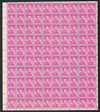
|
Mint Sheet(s)
ⓘ
Ships in 1-3 business days.
Ships in 1-3 business days.
$ 35.00
|
$ 35.00 |
|
4
|
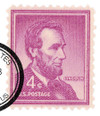
|
Used Single Stamp(s)
ⓘ
Ships in 1-3 business days.
Ships in 1-3 business days.
$ 0.35
|
$ 0.35 |
|
5
|
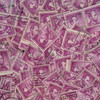
|
Used Stamps, Glassine of 100
ⓘ
Ships in 1-3 business days.
Ships in 1-3 business days.
$ 2.95
|
$ 2.95 |
|
6
|
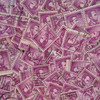
|
Used Stamps, Glassine of 1,000
ⓘ
Ships in 1-3 business days.
Ships in 1-3 business days.
$ 14.95
|
$ 14.95 |
|
7
|

|
Fleetwood First Day Cover
ⓘ
Ships in 1-3 business days.
Ships in 1-3 business days.
$ 2.50
|
$ 2.50 |
|
8
|
Mounts - Click Here
| Mount | Price | Qty |
|---|
U.S. #1036
4¢ Abraham Lincoln
Liberty Series
4¢ Abraham Lincoln
Liberty Series
Issue Date: November 19, 1954
City: New York, NY
Printed by: Bureau of Engraving and Printing
Printing Method: Rotary Press
Perforations: 11 x 10½
Color: Red violet
City: New York, NY
Printed by: Bureau of Engraving and Printing
Printing Method: Rotary Press
Perforations: 11 x 10½
Color: Red violet
Abraham Lincoln Is Awarded Patent
On May 22, 1849, Abraham Lincoln became the only future U.S. president to receive a patent.
The image of Abraham Lincoln on U.S. #1036 is based on a portrait by Douglas Volk.

U.S. #1036
4¢ Abraham Lincoln
Liberty Series
4¢ Abraham Lincoln
Liberty Series
Issue Date: November 19, 1954
City: New York, NY
Printed by: Bureau of Engraving and Printing
Printing Method: Rotary Press
Perforations: 11 x 10½
Color: Red violet
City: New York, NY
Printed by: Bureau of Engraving and Printing
Printing Method: Rotary Press
Perforations: 11 x 10½
Color: Red violet
Abraham Lincoln Is Awarded Patent
On May 22, 1849, Abraham Lincoln became the only future U.S. president to receive a patent.
The image of Abraham Lincoln on U.S. #1036 is based on a portrait by Douglas Volk.
!


